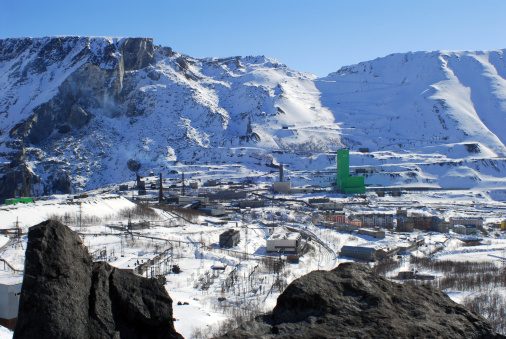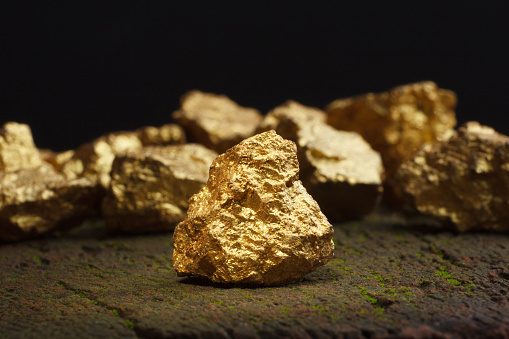The North Pole is the farthest northern point on the globe, and it is also the fabled home of Santa Clause and his merry team of workshop elves. Existing in a geographical region known as the Arctic, the North Pole has inspired legends and explorations for hundreds of years. This leads us to wonder: Is there any gold at the North Pole?
Where is the North Pole?
The North Pole, or the Magnetic North, is located at the very tip of Earth and is the magnetic mirror to the South Pole, located in Antarctica. Unlike the South Pole, the North Pole does not sit atop a landmass of any sort but rather a shifting sheet of arctic ice. Due to centuries of a warming climate, this ice sheet is continually shrinking.
Only four countries on Earth claim land in the Arctic: the United States (via Alaska), Canada, Denmark (via Greenland), and Russia. As it currently stands, no country claims the North Pole as part of its territory.
Reaching the Arctic
Explorers began to set out for the North Pole in the late 19th century, finally reaching the point in 1926. The point had to be accessed aerially, as there was no stable land path available to reach it. In this way, the North Pole is similar to other points in the Arctic. As a region, its remoteness and mystery led many to ponder what wonders the Arctic held.

Unsurprisingly, the promise of gold prompted the first major concerted effort to populate and develop land in the Arctic. Soon after word spread across the world of gold in the Yukon territory. Pioneers and prospectors began to flood the area in northern Canada.
Famously, the massive influx of settlers to the region led to frenzied mining practices and popularized pyrite, or “fool’s gold,” which was quite common in the area. The Klondike Gold Rush inspired a global movement to locate precious metal reserves in the Arctic.
Gold in the Arctic Today
In the near century and a half since miners struck gold in the Yukon territory, the Arctic has been extensively mined for precious metals. The downward trend of discoveries in the Arctic reflects the global decline in reachable gold reserves.
The global decline in gold output has led some experts to look elsewhere for new precious metals discoveries, specifically on the seabeds and ocean floor. There is little debate over whether gold deposits exist beneath the oceans. However, there is little consensus on how those deposits can be reached and subsequently mined.
Gold exists throughout the Arctic, though if gold does exist at the North Pole, it is beneath thousands of feet of freezing Arctic seawater.
Looking to sell your gold, silver, platinum, or palladium? Download a free shipping label and get started today!
It doesn’t have to be Thanksgiving to refine your gold with Garfield! Established in 1892, we have more than a century of precious metals refining experience. We serve various industries, including dental offices, private individuals, jewelers, pawnbrokers, and more!
Call us today at 888-677-9254 to find out why Garfield is a premier precious metals refinery.
Also, stay tuned to Garfield Refining’s blog for more fun and helpful articles about precious metals history, such as The Top 3 Most Popular Gold Rush Ghost Towns, Does Fort Know still have Gold?, and How did Gold get its Name?

